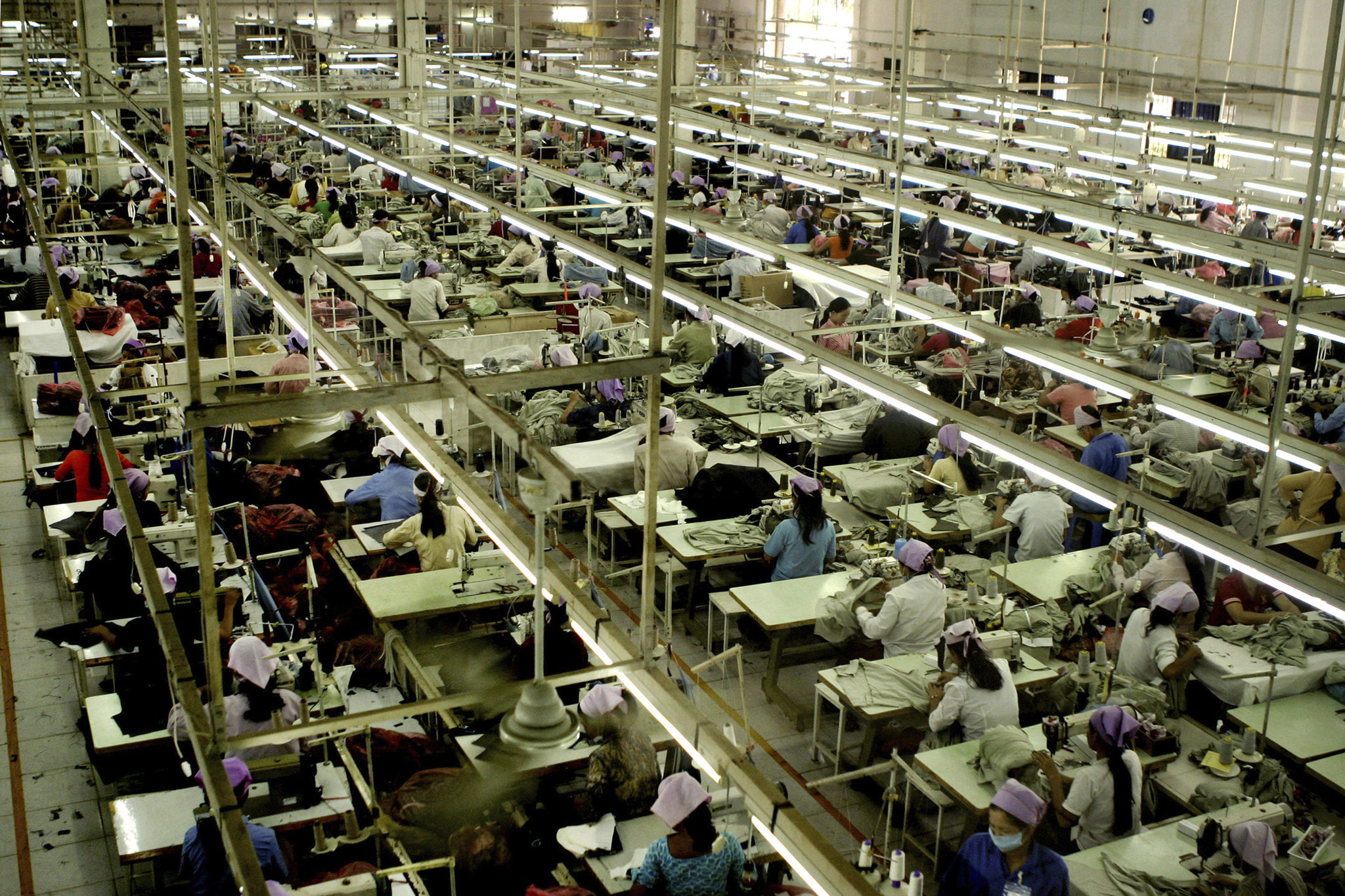How to Optimize Garment Machinery for Seasonal Production Peaks
Understanding Seasonal Production Peaks in the Garment Industry
In the garment industry, seasonal production peaks are a common challenge that manufacturers face. These peaks occur due to increased demand during specific times of the year, such as holidays or fashion seasons. To ensure that your operations run smoothly during these periods, it's crucial to optimize your garment machinery. Effective optimization can lead to improved efficiency, reduced downtime, and increased profitability.
Adapting to these peaks requires strategic planning and execution. This includes evaluating your current machinery capabilities and making necessary adjustments to handle the increased workload. By doing so, you can maintain high-quality standards while meeting customer demands.

Assessing Your Current Machinery Capabilities
Before making any changes, it's important to assess the current state of your garment machinery. Start by conducting a thorough inspection of all equipment to identify any potential issues or areas for improvement. Look for signs of wear and tear, outdated technology, or inefficiencies in your production line.
Once you have a clear understanding of your machinery's condition, consider investing in upgrades or maintenance to ensure optimal performance. Regular maintenance checks can prevent unexpected breakdowns and extend the lifespan of your equipment.
Utilizing Technology for Improved Efficiency
Incorporating advanced technology into your garment manufacturing process can significantly boost efficiency. Consider implementing automation solutions such as robotic arms or computer-aided design (CAD) systems. These technologies can help streamline production processes, reduce manual labor, and improve precision.

Additionally, utilizing software solutions for real-time monitoring can provide valuable insights into machine performance. This data can help you anticipate potential issues and make informed decisions about necessary adjustments during peak production periods.
Effective Workforce Management
Optimizing garment machinery isn't just about the machines themselves; it's also about how you manage your workforce during peak times. Ensuring that your team is well-trained and prepared for increased production demands is crucial.
Implementing flexible work schedules and providing additional resources or support during peak periods can help maintain productivity. Encouraging open communication between management and staff can also foster a collaborative environment where issues are quickly addressed.

Developing a Contingency Plan
No matter how well you prepare, unexpected challenges can arise during seasonal production peaks. Developing a contingency plan is essential to minimize disruptions. This plan should outline steps to take in case of equipment failure, supply chain delays, or staffing shortages.
Having backup suppliers, spare parts on hand, and a cross-trained workforce can help you quickly adapt to unforeseen circumstances. Regularly reviewing and updating your contingency plan ensures that you're always ready to tackle any challenge that comes your way.
Monitoring and Continuous Improvement
Finally, continuous monitoring and improvement are key to sustaining optimized operations. After each peak season, review your processes and gather feedback from your team. Identify what worked well and what areas need improvement.
By analyzing this feedback, you can make strategic adjustments for future peak seasons. Continuous improvement not only enhances efficiency but also positions your garment business for long-term success in a competitive market.
